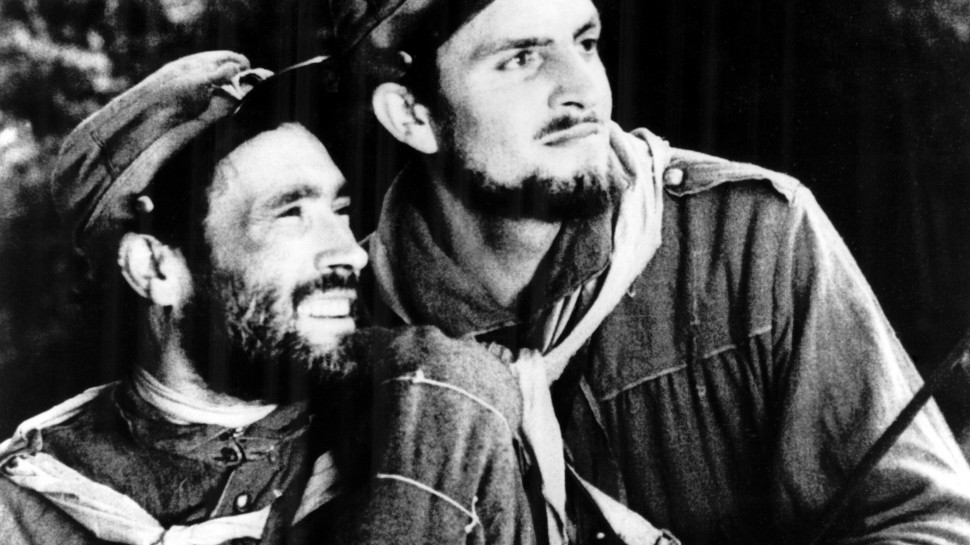


Viva l'Italia!
The Risorgimento on Screen
Italy was still a young nation when cinema was invented, with 1861 marking the meeting of the first Italian parliament and the founding of the modern Italian nation. In truth, the Italian state was born from a long series of struggles stretching from 1815 to 1870 with Italian nationalists led most significantly by Giuseppe Garibaldi driving the Bourbons out of southern Italy and the Austrians out of the north. This arduous struggle towards a unified nation-state has been named the "Risorgimento," from the Italian word for "resurgence," chosen for its echoes of the word "renaissance."
From its beginnings, the cinema of Italy has been drawn to narratives exploring the establishment of Italian identity, a fascination legible in the many epics of the Roman empire created during the silent era and resurrected as the peplum genre in the 1950s and 1960s. The films chosen for the current program all depict military and political events from the crucial decades in the middle of the eighteenth century when the Italian state took shape.
Different eras have naturally offered distinct visions of these historic events. Risorgimento films fit the purposes of nationalism and nostalgia during the Fascist era, although both Blasetti and De Sica could plausibly claim that their films were meant to be subversive by presenting their nationalist protagonists as underdogs hunted by the authorities. Later filmmakers, like Pietro Germi and the Taviani brothers, offered a revisionist perspective, presenting deliberately non-heroic visions of the Risorgimento years.
Of course the two Italian filmmakers most concerned with history, Luchino Visconti and Roberto Rossellini, both embraced Italy's unification as subject matter with Visconti's first two period pieces masterpieces set during the Risorgimento and Rossellini, even before his film about Garibaldi, presented the defeat of Italian fascism as a kind of modern Risorgimento in Paisan. – David Pendleton












